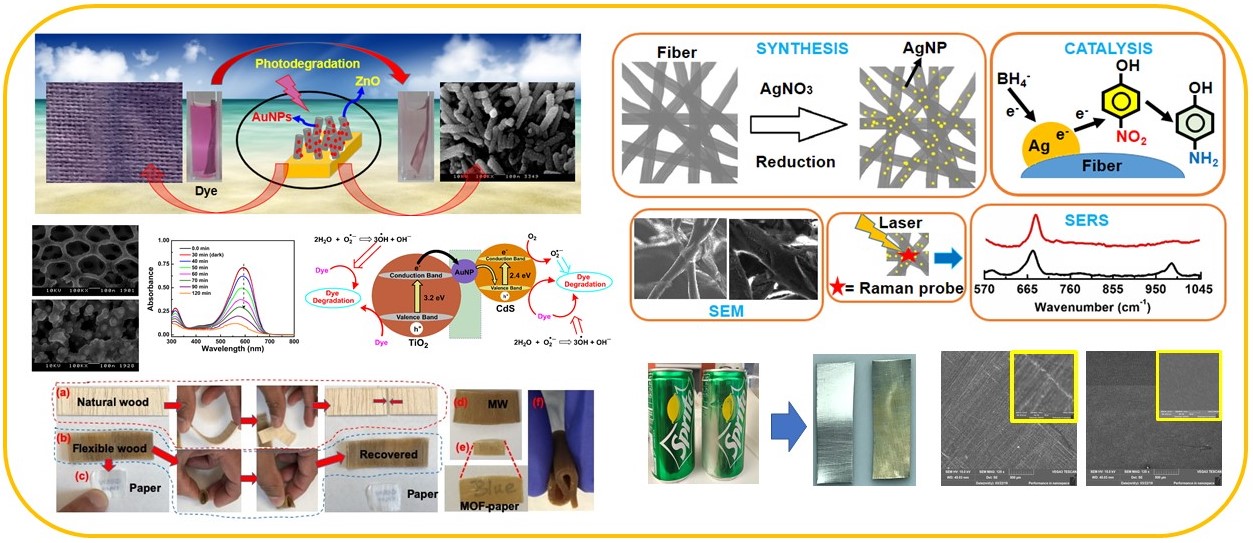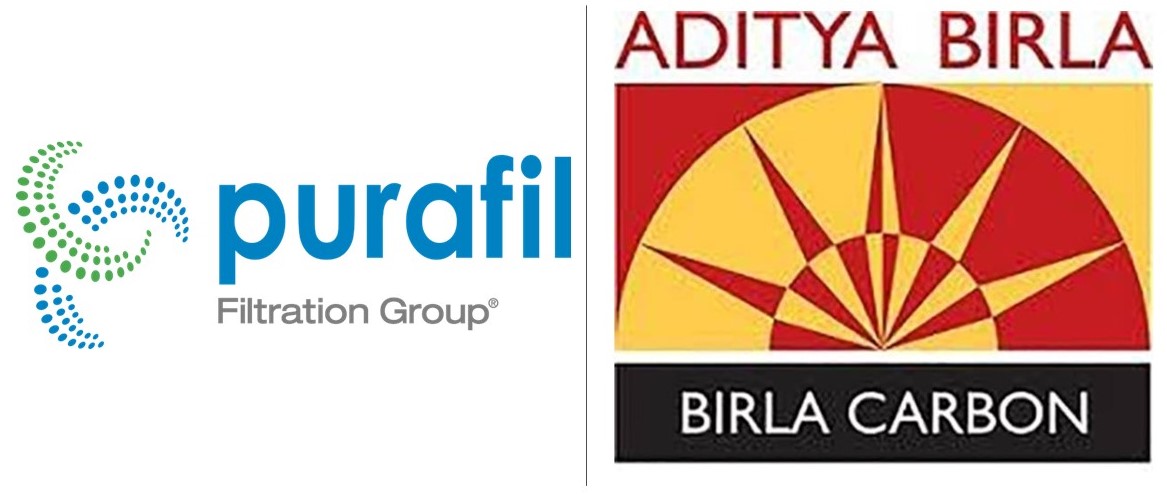Research
Current Research:
Environmental Remediation: The development of science and technology has profoundly impacted the environment.
Soil and water pollution are primarily related to releasing untreated wastewater into
lakes and rivers. Several industries extensively use organic dyes, such as food and
drug manufacturing, textile, paper, pigment, leather, and cosmetics. Eventually, these
dyes end up in the water body due to discharge. Most of such dyes and their metabolites
are toxic and carcinogenic and tend to contaminate water, endanger public health,
and harm the ecosystem.
Baruah Laboratory research focuses on fabricating nanostructured metal oxide decorated
with plasmonic metal nanoparticles to create binary composite materials. We assess
the photocatalytic degradation of water-soluble model pollutant dye molecules in the
presence of the fabricated composite materials (photocatalyst) under UV and visible
light.
SERS Detection: Baruah Laboratory is also interested in detecting toxins or pollutants at sub-micromolar and sub-nanomolar concentrations. Baruah group researchers design and fabricate gold and silver nanoparticles based on SERS substrates to detect toxins and contaminants.

Corrosion Preventive Coating for Al-alloy: Aluminum alloy is among the most widely used materials in automotive, aerospace, shipbuilding, military hardware, household appliances, and beverage can fields. Metal naturally tends to react with atmospheric oxygen and return to its stable oxide form—corrosion. A coating is a widely accepted remedy to prevent alloy corrosion. Baruah Laboratory is interested in developing a robust coating to protect against Al-alloy corrosion.
Transparent Wood and Future Applications: This research aims to create a modified wood material with multiple properties, such as flexibility, optical transparency, and electrical conductivity. In modern society, electronic devices are an indispensable part of every arena of life. We modify natural wood (NW) to transparent and flexible wood to find possible applications in sensors, energy storage devices, and flexible electronics.
The Baruah Laboratory acknowledges generous support from the following organizations.










